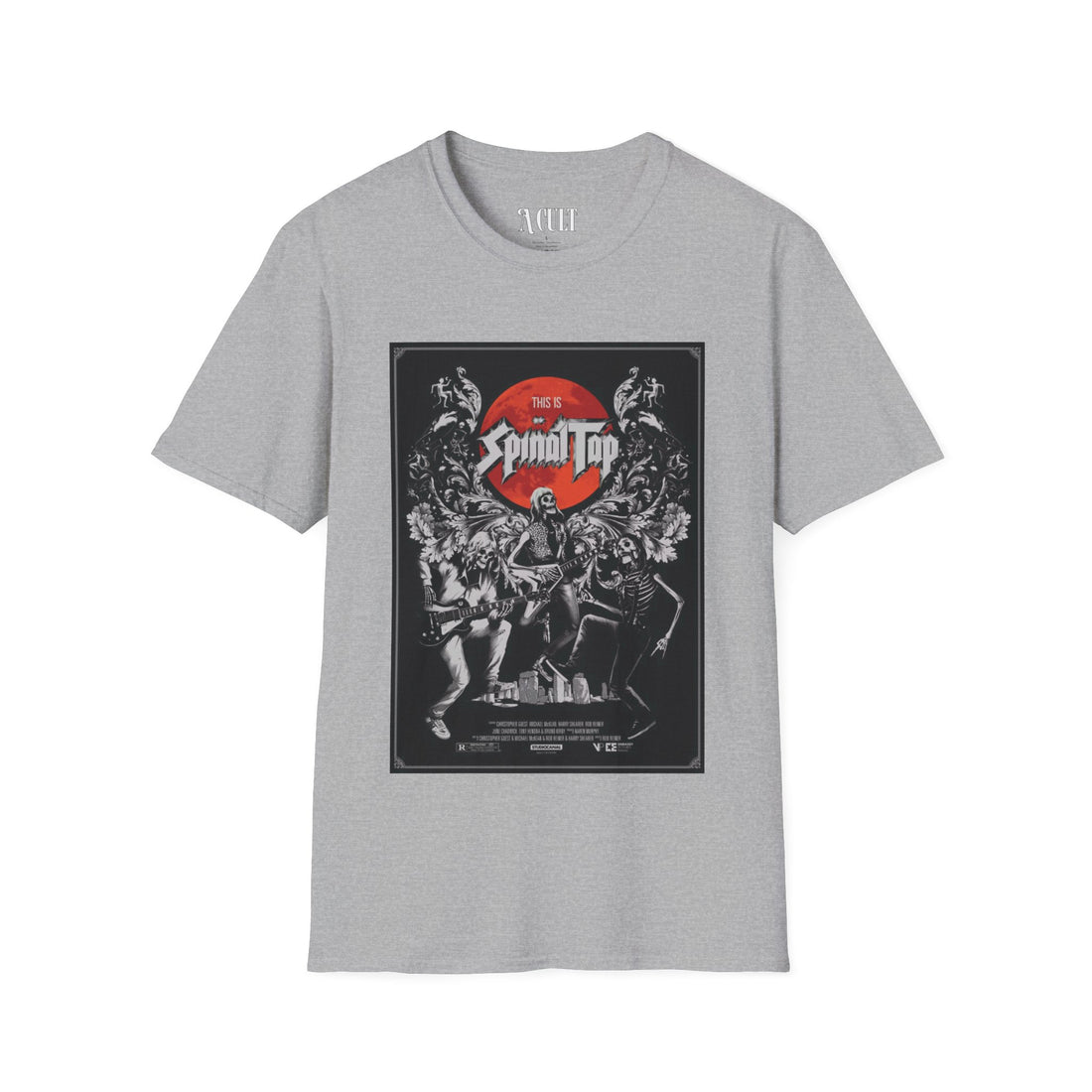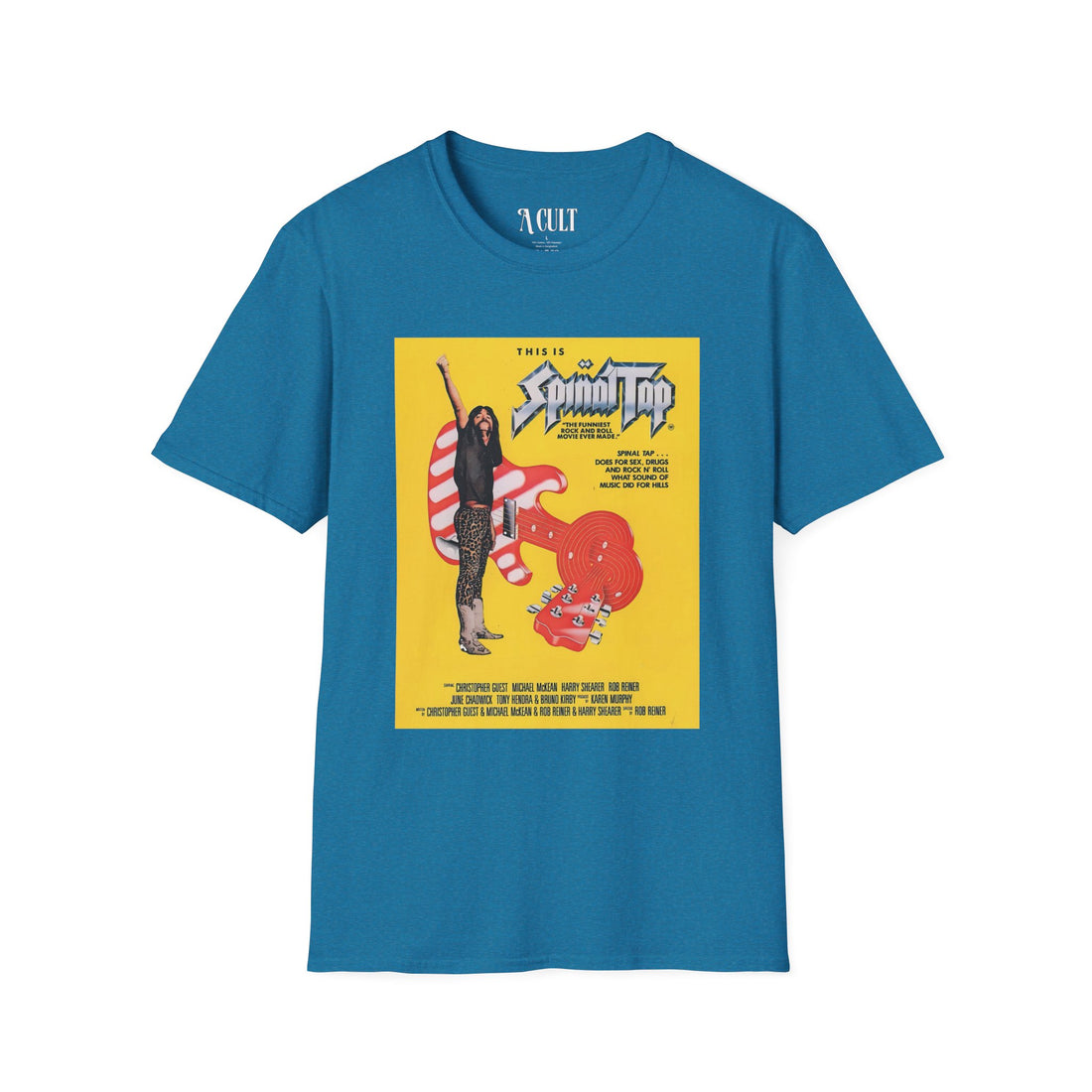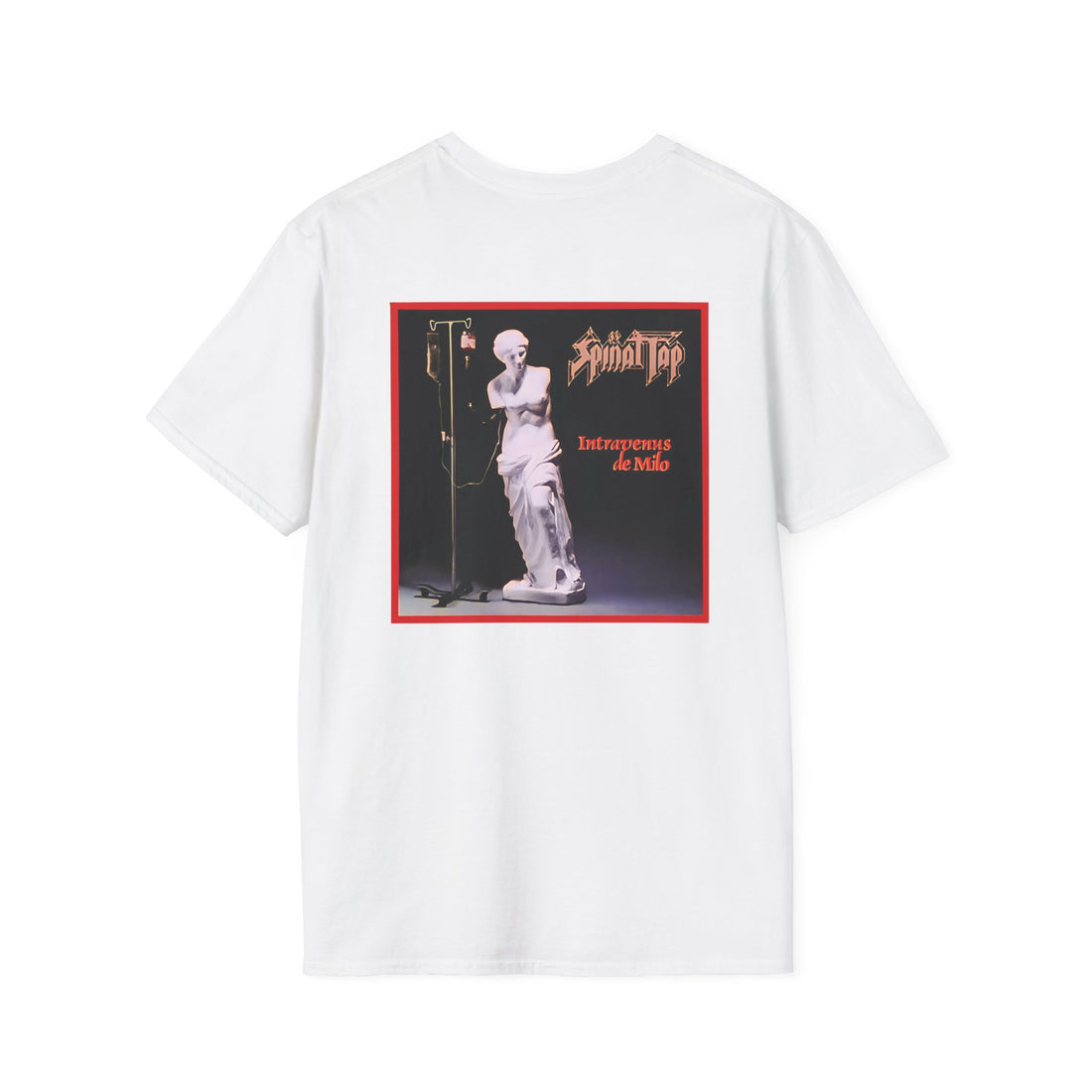The 1980s were more than big hair, synth soundtracks, and VHS tapes. They were years thick with unease—an era of arms races, Doomsday clocks, and global anxiety dressed in double denim. And no genre captured the collective mood more clearly than science fiction. This was a time of high-tech optimism laced with low-level dread, when the future felt imminent and terrifying all at once.
While the surface of 80s sci-fi gleamed with neon lights, slick special effects, and cybernetic upgrades, the underlying themes were far more sombre. These films weren’t just visions of the future—they were warnings, shaped by Cold War paranoia, the omnipresent threat of nuclear annihilation, and a deep mistrust of institutional power. Hollywood boldly travelled to the stars and deep into dystopian futures—but it never really left the long, haunting shadow of the bomb.
When the Future Looked Like Fallout
The Cold War hung over the decade like a mushroom cloud, and science fiction didn’t so much reflect that tension as absorb it entirely.
The Terminator (1984) might have delivered iconic lines and relentless cyborg action, but at its heart it’s a chilling allegory of technological escalation and self-inflicted extinction. James Cameron’s vision of a world consumed by its own creations—Skynet, nukes, machines without empathy—felt less like fantasy and more like prophecy. The idea that humanity could sleepwalk into its own end through overreach wasn’t new, but Cameron made it visceral.
Likewise, WarGames (1983) showed how dangerously thin the line was between play and apocalypse. A teenage hacker stumbles into NORAD’s war simulation program and nearly starts World War III. The punchline? Even supercomputers can learn that some wars should never be fought. Released during Reagan’s Strategic Defense Initiative (aka “Star Wars”), the film was uncomfortably close to real-world concerns.
In Britain, Threads (1984) provided perhaps the most harrowing depiction of nuclear war ever put to screen. Stark, brutal, and deeply realistic, it chronicled the collapse of society in the aftermath of a nuclear exchange. Unlike Hollywood’s glossy spectacles, Threads offered no fantasy escape. It’s still studied today for its psychological impact and is often compared to The Day After (1983), its American counterpart, which aired to 100 million viewers and reportedly even influenced President Reagan’s nuclear stance.
Tech Anxiety and the Machine Men
But the threat wasn’t only bombs. It was the slow creep of technology, automation, and surveillance. Films tapped into the unsettling idea that humanity might lose control—not through war, but through the tools it built to survive.
Blade Runner (1982) remains the crown jewel of this theme. Set in a rain-soaked future Los Angeles and populated by replicants—bioengineered beings nearly indistinguishable from humans—it questioned identity, morality, and the meaning of life itself. It wasn’t just the world that was bleak; it was the soul.
RoboCop (1987), directed by Paul Verhoeven, may be remembered for its excessive violence and dry wit, but its critique was razor-sharp. Set in a crumbling Detroit run by corporations and patrolled by malfunctioning machines, the film warned of a future where law enforcement is privatised, empathy is stripped from authority, and man becomes a cog in his own demise. RoboCop wasn’t just a hero—he was a casualty of late-stage capitalism.
Even John Carpenter’s The Thing (1982) plays like Cold War anxiety made flesh. A shape-shifting alien sows distrust in a remote Antarctic base, turning men against each other. It’s a perfect metaphor for McCarthy-era paranoia. The real horror wasn’t the monster—it was not knowing who to trust.
America vs The Other (and The Other Within)
The Cold War cultivated an “us vs them” worldview—West vs East, democracy vs communism, self vs other. Sci-fi explored this by distorting identity and probing whether the real threat was out there, or already among us.
They Live (1988), another Carpenter masterpiece, envisioned a society brainwashed by consumerism and media manipulation, with aliens disguised as the elite ruling class. The film’s famous sunglasses motif literally lets the protagonist see the truth—and what he sees is horrifying conformity. It was Orwell by way of punk rock.
Red Dawn (1984), on the other hand, leaned into hyper-patriotic fantasy. Invading Soviet and Cuban forces storm American soil, prompting teenagers to become guerilla fighters. It’s raw, ridiculous, and exactly the kind of fever dream that Reagan’s America wanted to believe could happen. Yet even its excess reveals something: the fear wasn’t just invasion—it was vulnerability.
Even comedies weren’t immune. Back to the Future (1985), that breezy time-travel romp, briefly dips into nuclear tension. Doc Brown steals plutonium from “Libyan terrorists,” a throwaway gag that still echoes genuine anxiety about rogue states and unstable weapon stockpiles. It’s absurd, yes—but absurdity was often the best disguise for reality.
Endings Without Happy Endings
Cold War-era sci-fi rarely offered comfort. Its conclusions were open-ended, its heroes compromised, its victories pyrrhic.
In The Terminator, Sarah Connor doesn’t celebrate. She braces for the storm. Blade Runner ends not in triumph, but with introspection. Even the director’s cut leaves viewers questioning who is real and what that even means. RoboCop finds a measure of justice, but Murphy remains a fractured soul—an emblem of human sacrifice on the altar of efficiency.
Hope existed, but it was cautious. Fragile. The worlds depicted weren’t saved so much as momentarily delayed from collapse. The Cold War didn’t just shape the tone—it shaped the very concept of an ending.
Final Thoughts: Atomic Dreams and Digital Nightmares
The 1980s birthed a renaissance of science fiction that endures not just because of its aesthetics—though the synth scores, trench coats, and neon cityscapes are certainly part of the appeal—but because of its substance. These films captured a cultural mood, a looming anxiety, and made it cinematic.
They made the abstract tangible: the bomb, the betrayal, the bureaucratic takeover. And they did so with vision, flair, and often bleak wit. What could have been escapist entertainment became a mirror to the moment, and in doing so, a timeless genre within a genre.
Today, when we rewatch these films, we’re not just indulging in retro-futurist nostalgia. We’re seeing our own fears refracted through the lens of a different era—one whose shadow still stretches long.
Have a favourite Cold War-era sci-fi gem we didn’t mention? Drop it in the comments and let’s get paranoid together.








